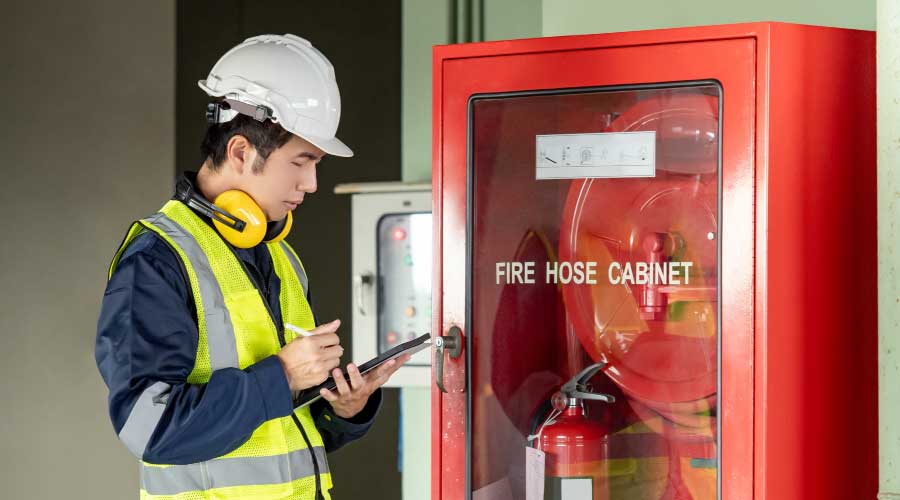Avoid Maintenance Backlogs with Real-Time CMMS Data
Advances in computerized maintenance management systems (CMMS) have put more power than ever in the hands of front-line technicians seeking to complete their work accurately and efficiently. So how can maintenance and engineering managers determine the CMMS features that most directly address their departments' needs for one of the most essential tasks — managing maintenance data?
By focusing on key features and functions, managers can ensure technicians are as efficient and accurate as possible in gathering, storing, and analyzing data related to maintenance, repair and operations activities.
Gathering and Entering
The first step to ensure technicians, supervisors and managers can analyze maintenance data to make meaningful decisions is to gather and enter the required data. So that is the first step for managers to start their research as they specify a CMMS.
The ability to set mandatory fields for data entry is an important feature. Technician training for CMMS emphasizes that certain fields are important to fill out when completing a work order. But in daily operations, technicians often fail to enter even one-half of the required data.
Rather than going back to technicians to re-emphasize the importance of certain fields, an effective CMMS allows managers to make those fields mandatory. As a result, the system will not allow a technician to close a work order if they leave mandatory fields blank. This feature guarantees managers will obtain the data they need.
In this day and age, the only relevant data is real-time data, and managers run the risk of making flawed decisions if they base those decisions on old data. An effective CMMS should allow managers to control the age of data in the CMMS database. Because of shrinking labor forces and mounting workloads, technicians in many organizations fall behind in completing work orders, which creates maintenance backlogs. In these cases, they do not enter data into the system until days or weeks after they actually have performed the work.
To prevent such lapses, the CMMS should notify a supervisor via e-mail or through a report when work orders are overdue. This feature allows managers to take necessary action and remind technicians to complete the task as soon as possible.
Related Topics:














